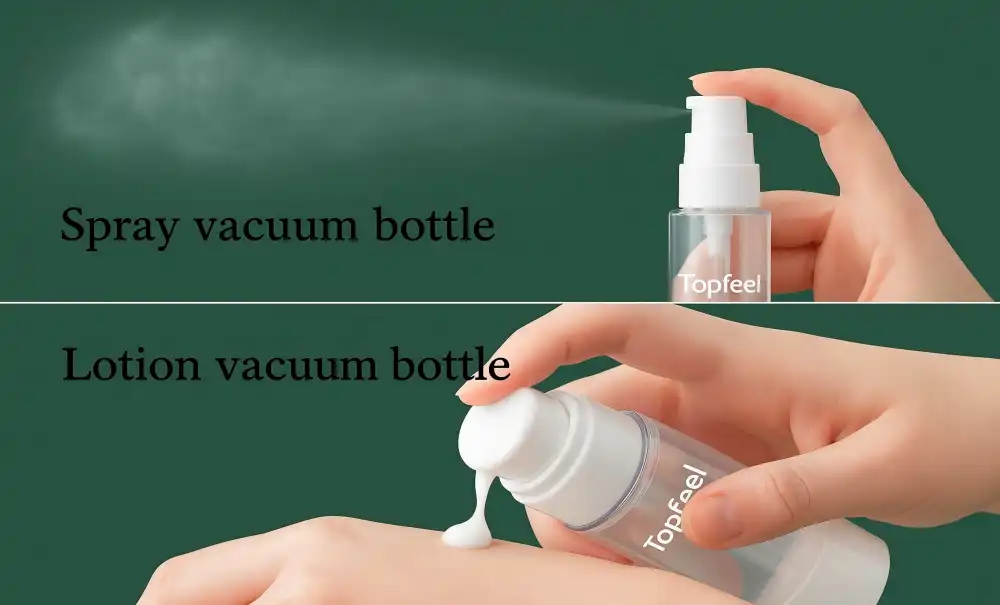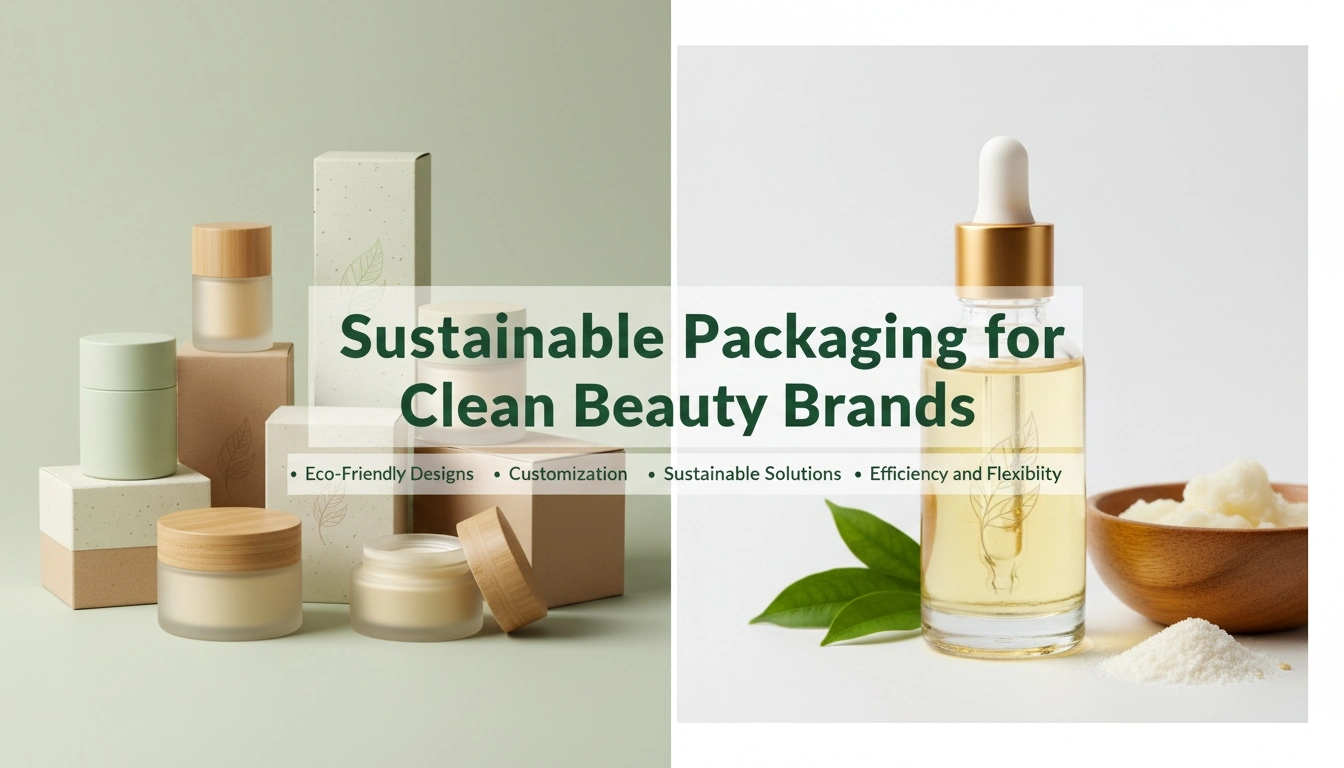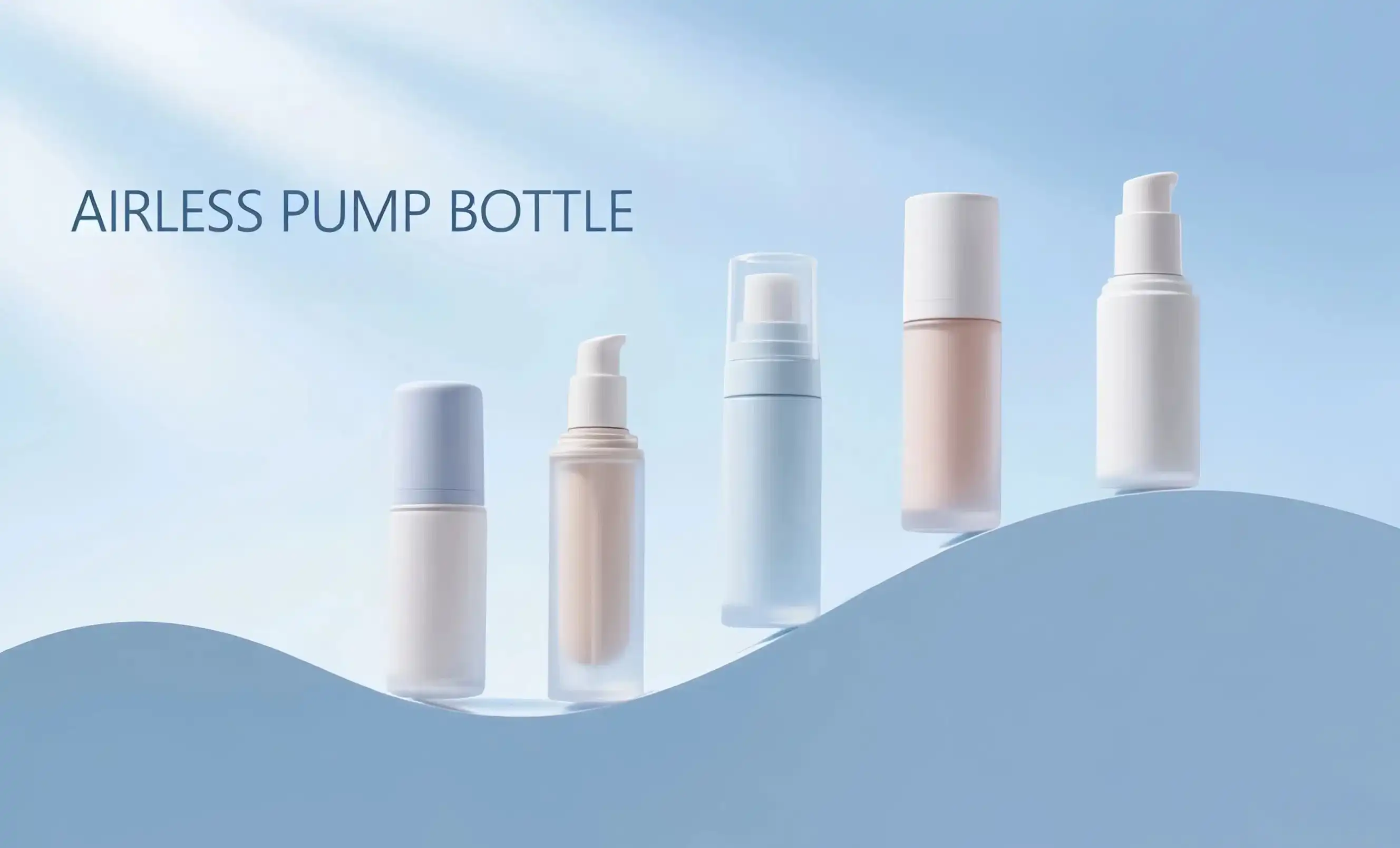Why Are Fine Mist Spray Bottles Ideal for Skincare?
Fine mist spray bottles have become increasingly popular in the skincare industry due to their numerous advantages. These specialized containers offer a unique combination of functionality and user experience that makes them particularly well-suited for various skincare products.

Even Product Distribution
One of the primary benefits of fine mist spray bottles is their ability to dispense products in a fine, even mist. This feature ensures that skincare formulations are distributed uniformly across the skin's surface, promoting better absorption and efficacy. Unlike traditional pump bottles or droppers, which can sometimes dispense too much product in one area, mist sprayers allow for a more controlled and efficient application.
Enhanced Product Preservation
Many skincare products are sensitive to air exposure, which can lead to oxidation and degradation of active ingredients. Fine mist spray bottles often incorporate airless technology, which helps to minimize contact between the product and air. This design feature extends the shelf life of skincare formulations, particularly those containing delicate or oxidation-prone ingredients like vitamin C or retinol.
Improved Hygiene
The spray mechanism of these bottles eliminates the need for direct contact between the user's hands and the product. This reduced contact minimizes the risk of contamination, making fine mist spray bottles an excellent choice for preservative-free or natural skincare formulations. The hygienic dispensing method is particularly beneficial for products like toners, essences, and facial mists that are used frequently throughout skincare routines.
Versatility in Application
Fine mist spray bottles offer versatility in how products can be applied. Users can choose to spray directly onto their skin or onto their hands for a more targeted application. This flexibility makes these bottles suitable for a wide range of skincare products, from lightweight serums to hydrating mists and even some types of moisturizers.
Sensory Appeal
The fine mist produced by these bottles creates a luxurious, spa-like experience for users. The gentle, cooling sensation of a mist can be particularly refreshing and enjoyable, enhancing the overall user experience and potentially increasing product usage and brand loyalty.
Best Materials for Skincare Spray Bottles
Selecting the right material for skincare spray bottles is crucial for maintaining product integrity, meeting regulatory standards, and aligning with brand values. Different materials offer various benefits and considerations, making it essential to understand their properties and suitability for specific skincare formulations.
Glass
Glass has long been a preferred material for high-end skincare packaging, including spray bottles. Its inert nature makes it ideal for preserving the stability of sensitive formulations. Glass is non-reactive, meaning it won't interact with the product inside, and it provides an excellent barrier against oxygen and other external factors that could degrade the skincare formula.
Benefits of glass spray bottles include:
- Premium look and feel
- Recyclable and environmentally friendly
- Suitable for essential oils and other reactive ingredients
- Can be easily sterilized for reuse
However, glass also has some drawbacks, such as its weight and potential for breakage during shipping or handling.
Plastic
Various types of plastic are commonly used for skincare spray bottles due to their versatility, durability, and cost-effectiveness. The most common plastic materials include:
- PET (Polyethylene Terephthalate): Lightweight, clear, and recyclable
- HDPE (High-Density Polyethylene): Durable and resistant to many chemicals
- PP (Polypropylene): Heat-resistant and suitable for hot-fill products
Plastic spray bottles offer advantages such as:
- Lightweight and shatter-resistant
- Cost-effective for large-scale production
- Versatile in terms of color and design options
- Suitable for travel-friendly packaging
When choosing plastic materials, it's crucial to consider their compatibility with the product formulation and ensure they meet regulatory requirements for skincare packaging.
Sustainable Materials
With increasing focus on environmental sustainability, many brands are turning to eco-friendly materials for their skincare packaging. Some sustainable options for spray bottles include:
- PCR (Post-Consumer Recycled) plastics
- Bioplastics derived from renewable resources
- Aluminum (which is infinitely recyclable)
These materials can help reduce environmental impact while still providing functional and attractive packaging solutions for skincare products.
How to Choose a Non-Clogging Mist Spray Bottle for Toners
Selecting the right mist spray bottle for toners is crucial to ensure consistent product delivery and prevent clogging issues. Toners often contain various active ingredients and have different viscosities, making it essential to choose a spray bottle that can handle these formulations effectively.
Nozzle Design
The nozzle is perhaps the most critical component in preventing clogging in mist spray bottles. Look for the following features:
- Fine-mist nozzles with small apertures for even distribution
- Anti-clog mechanisms that prevent product buildup
- Adjustable nozzles that allow for customization of spray patterns
Some advanced nozzle designs incorporate multiple orifices or special internal structures to create a fine, consistent mist while resisting clogging.
Pump Mechanism
The pump mechanism plays a crucial role in delivering the toner effectively. Consider these aspects:
- Dip tube length and design to ensure all product can be accessed
- Spring strength for consistent pumping action
- Materials that are compatible with the toner formulation
Some high-end spray bottles feature airless pump systems that help prevent product contamination and ensure consistent dispensing throughout the product's life.
Bottle Material and Design
The bottle itself can contribute to preventing clogging and ensuring optimal product performance:
- Choose materials that are compatible with the toner's ingredients
- Consider opaque or UV-protected bottles for light-sensitive formulations
- Look for designs that minimize air intake during use
Some innovative bottle designs incorporate features like double-walled construction or special coatings to enhance product stability and prevent clogging.
Testing and Quality Control
Before finalizing your choice, it's crucial to conduct thorough testing:
- Perform compatibility tests between the bottle components and your toner formulation
- Conduct long-term stability tests to ensure consistent performance over time
- Evaluate the spray pattern and mist quality under various conditions
Working with reputable packaging suppliers who offer quality control measures and testing services can help ensure you select the best non-clogging mist spray bottle for your toner product.
Conclusion
Choosing the right mist spray bottle for your skincare products is a critical decision that can significantly impact your brand's success. At Topfeelpack, we understand the unique needs of skincare brands, from high-end luxury lines to trendy indie brands and professional OEM/ODM manufacturers. Our advanced airless bottles are designed to meet the most stringent requirements for product preservation, sustainability, and customization.
For CEOs, product managers, and brand owners looking to elevate their skincare packaging, Topfeelpack offers fast customization with delivery of new products in just 30-45 days. Our competitive pricing and quick 3-5 week delivery times ensure that you can meet tight launch schedules without compromising on quality. We pride ourselves on providing custom solutions that align with your brand image and market trends while meeting all necessary regulatory standards.
Ready to take your skincare packaging to the next level? Contact us at pack@topfeelgroup.com to learn more about our innovative mist spray bottles and how we can support your brand's growth and sustainability goals.
References
- Johnson, A. (2022). The Science of Skincare Packaging: Preserving Potency and Purity. Journal of Cosmetic Science, 73(4), 215-230.
- Smith, B. R., & Brown, C. D. (2021). Innovations in Sustainable Packaging for the Beauty Industry. Packaging Technology and Science, 34(3), 145-160.
- Lee, S. H., Kim, J. Y., & Park, K. M. (2023). Consumer Preferences for Eco-Friendly Cosmetic Packaging: A Global Market Analysis. International Journal of Consumer Studies, 47(2), 301-315.
- García-Arca, J., Garrido, T. F., & Prado-Prado, J. C. (2022). Sustainable Packaging in the Cosmetics Sector: Challenges and Opportunities. Sustainability, 14(8), 4567.
- Williams, H., & Wikström, F. (2021). The Use of Packaging Functions to Prevent Food Waste: A Model and Guidelines for Packaging Development in the Cosmetics Industry. Resources, Conservation and Recycling, 164, 105158.
- Chen, X., Zhang, L., & Liu, Y. (2023). Advancements in Airless Pump Technology for Skincare Products: A Comprehensive Review. Journal of Packaging Technology and Research, 7(2), 123-140.

 - 副本_1745399213966.webp)

_1747827716538.webp)

